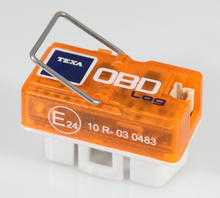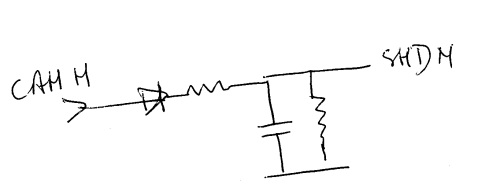I took some time having a deep look inside Winston's WORK



.
one question: using optimisation from eagle, what is your opinion regarding groundplanes (respecting free space under BT module) ?
one remark: as there is an UART, initially prepared for receiving datas from a GPS, it could also, on demand, be used for driving an external serial LCD, for instance 4x20. so it would be possible to show, at least, 8 values...
IMHO, it is much more efficient to use a serial LCD, so it is not necessary to loose time (in comparison with // LCD drivers).
one big change: we cannot use VU (P$39) for an external USB , we must instead use standard +5V, this is because this VU is active only when mbed uses his own USB plug


